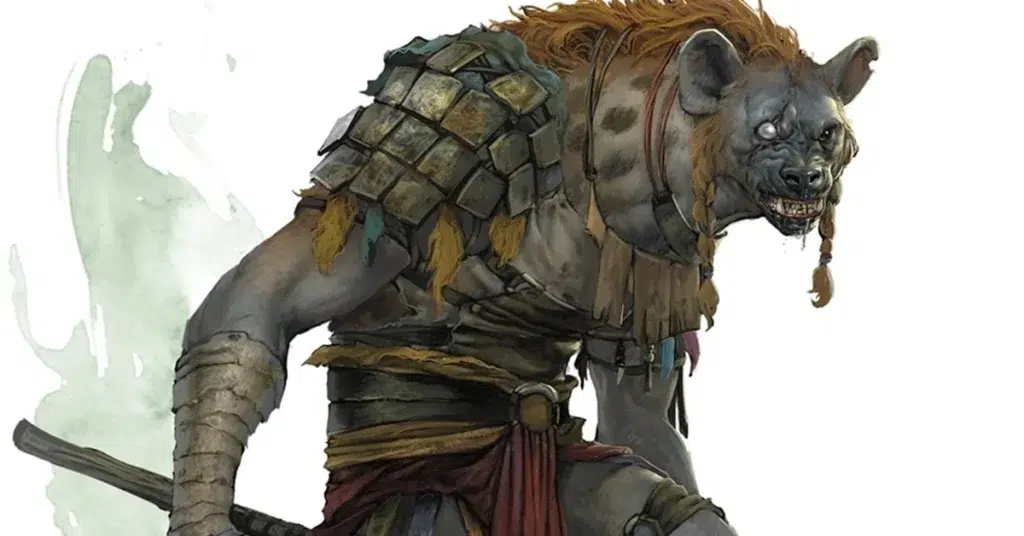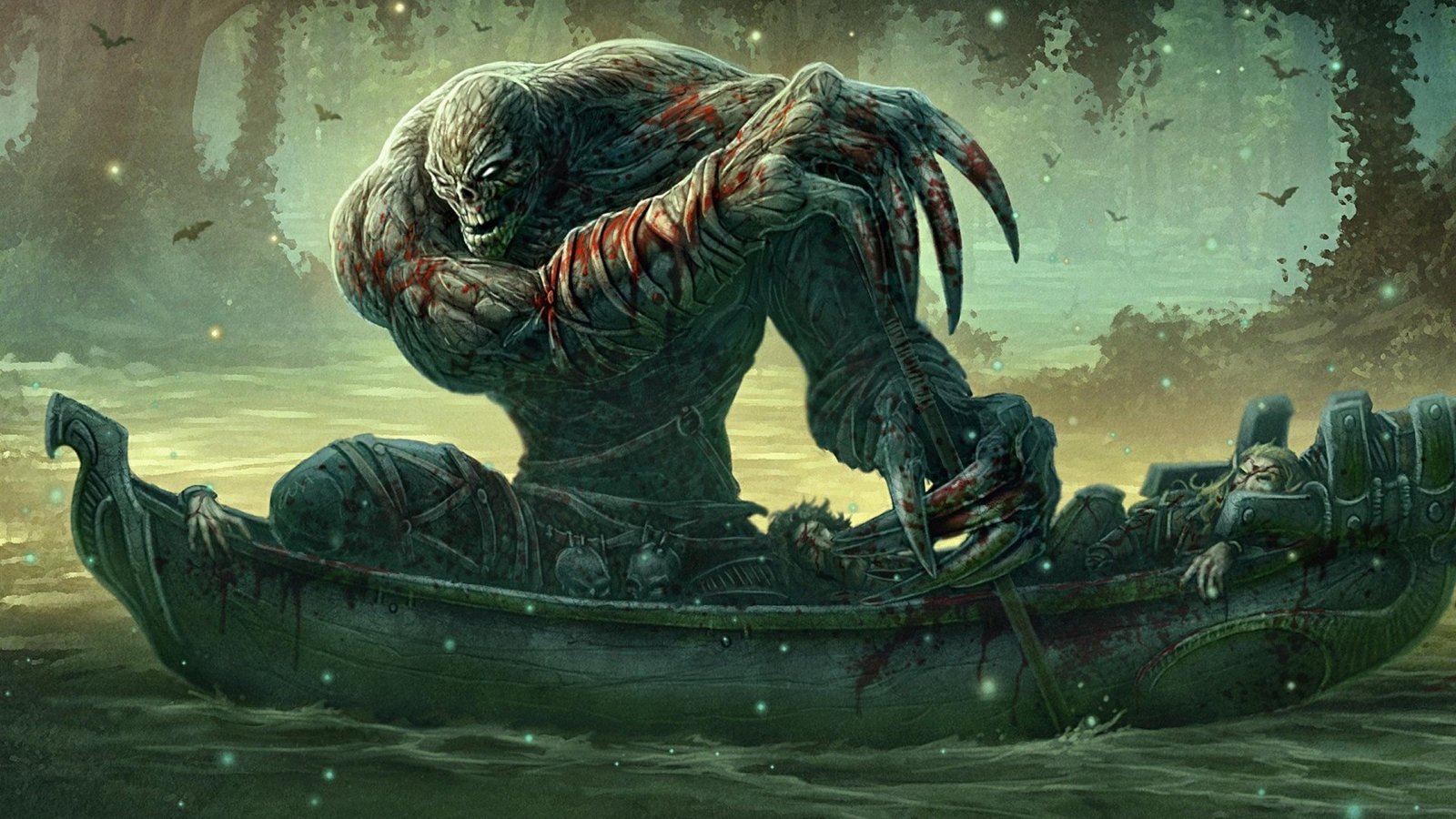Welcome, adventurers and game masters, to another exciting journey into the world of Dungeons & Dragons 5th Edition! One of the most fascinating aspects of this beloved tabletop role-playing game is the diverse array of creatures that inhabit its fantastical realms.
In this blog post, we will explore the process of designing unique creatures from concept to playable for D&D 5e, empowering you to breathe life into your own custom creatures and unleash them upon your gaming table.
So grab your pens and notebooks, since now it is time to start creating!
Finding Inspiration
Creativity often thrives on inspiration, and designing unique creatures for D&D 5e is no exception. The first step is to immerse yourself in various sources of inspiration such as mythology, literature, art, and even real-world animals.
Explore different cultures’ folklore, ancient bestiaries, and monster manuals for intriguing ideas that resonate with your imagination. Allow yourself to be captivated by the wonders of the natural world and fantastical realms to find inspiration for your creature’s concept.
Conceptualization
Once you have gathered a wealth of inspiration, it’s time to distill your ideas into a unique concept for your creature. Consider its purpose and role within your game world. Is it a guardian of a sacred temple?
A fearsome predator lurking in the depths of a dark forest? Or perhaps a mischievous trickster seeking to challenge the party? Define the creature’s personality traits, motivations, and abilities that align with its concept. This process will provide a solid foundation for building the creature’s mechanics.
Mechanics and Statistics
Designing the mechanics and statistics of a creature is a crucial aspect of making it playable in D&D 5e. Start by determining the creature’s size, type, and challenge rating (CR). Refer to the Dungeon Master’s Guide for guidance on balancing your creature’s power level, taking into account the party’s average level and composition.
Create abilities and attacks that align with the creature’s concept and theme, ensuring a balanced and engaging gameplay experience.
Unique Abilities and Traits
One of the joys of designing custom creatures is imbuing them with unique abilities and traits that set them apart from the existing monsters in the game. Consider abilities that reflect the creature’s concept and enhance its gameplay impact.
These could include spellcasting, elemental powers, shape-shifting, or even social manipulation. Strike a balance between distinctiveness and playability, ensuring that the creature’s abilities provide exciting challenges without overwhelming the players.
>Here is our guide on creating the creature’s sheet for your Homebrew Creature […]
Playtesting and Iteration
No design process is complete without playtesting and iteration. Once you have finalized your creature’s mechanics and abilities, it’s time to put it to the test. Run encounters or entire adventures featuring your new creature and observe how it interacts with the party and affects the overall game balance. Gather feedback from your players and be open to adjusting aspects of the monster to ensure a fun and balanced experience for everyone involved.
Presentation and Lore
Present your custom creature with captivating lore to fully immerse players in your game world. Craft a backstory that explains its origins, motivations, and relationships within the larger narrative. Provide vivid descriptions of its appearance, habitat, and behavior to enhance the players’ visualization. Additionally, consider commissioning or creating artwork to bring your creature to life visually, adding another layer of immersion and excitement.

FAQs (Frequently Asked Questions)
Can I use custom creatures in official D&D 5e campaigns?
Yes, you can incorporate custom creatures into official D&D 5e campaigns. However, make sure to consider the balance and adjust the creature’s challenge rating to match the party’s power level.
How do I determine the challenge rating for my custom creature?
The Dungeon Master’s Guide provides guidelines for determining challenge ratings based on a creature’s hit points, damage output, and special abilities. Use these guidelines as a starting point and adjust as needed through playtesting.
Can I use existing monsters as a basis for my custom creature?
Absolutely! Existing monsters can serve as a great foundation for your custom creature. You can modify their abilities, add unique traits, or combine features from multiple creatures to create something entirely new.
Should I design custom creatures for every encounter?
Custom creatures can add variety and excitement to your campaign, but they require additional time and effort to create. Consider using them strategically for key encounters, boss battles, or in unique environments to keep the game fresh and unpredictable.
How can I balance my custom creature to challenge my players without overwhelming them?
Playtesting is crucial for balancing custom creatures. Observe how the creature interacts with your players and adjust its abilities or hit points accordingly. Don’t be afraid to make changes during the game to ensure a challenging but fair experience.
Can I share my custom creatures with others?
Yes, sharing your custom creatures with the D&D community is highly encouraged! You can post them on forums, social media, or even create a homebrew compendium. Sharing your creations fosters creativity and allows others to incorporate them into their own campaigns.
Are there any legal considerations when using custom creatures?
When sharing custom creatures publicly, it’s essential to respect copyright laws. Ensure that your creations are original or properly attributed if they are based on existing intellectual properties. It’s best to create creatures that are wholly unique or utilize open-source material.
Can I use custom creatures in organized play events or Adventurers League?
Organized play events such as Adventurers League typically follow specific rules and guidelines for character creation and gameplay. Custom creatures may not be allowed in these settings unless specified by the event organizers. Check the rules or consult the event coordinator for clarification.
How can I make my custom creature memorable in terms of narrative and roleplaying?
Craft a compelling backstory and personality for your custom creature. Consider its motivations, goals, and relationships with other entities in the game world. Roleplay the creature with distinct mannerisms and dialogue, making it a memorable and engaging character for the players to interact with.
Can I combine existing creatures to create unique hybrids?
Absolutely! Mixing different creatures to create hybrids can lead to fascinating and unexpected results. Be mindful of the balance and ensure that the hybrid’s abilities and statistics make sense within the context of the creature’s concept and theme.
Conclusion
Designing unique creatures for D&D 5e is a thrilling endeavor that allows game masters to unleash their creativity and surprise their players. You can create memorable encounters that will captivate your gaming group by finding inspiration, conceptualizing a creature, crafting its mechanics, and playtesting it thoroughly.
So let your imagination soar, and let the creatures of your imagination come to life on the gaming table. Remember to balance the challenge and playability of your custom creatures, and don’t be afraid to iterate and adjust based on feedback and playtesting. Whether you’re creating a fearsome boss, a cunning trickster, or a mysterious guardian, the process of designing unique creatures for D&D 5e is an adventure in itself.
Also Read: Creating Memorable NPCs for Tabletop RPGs: Tips and Tricks
 Skip to main content
Skip to main content

